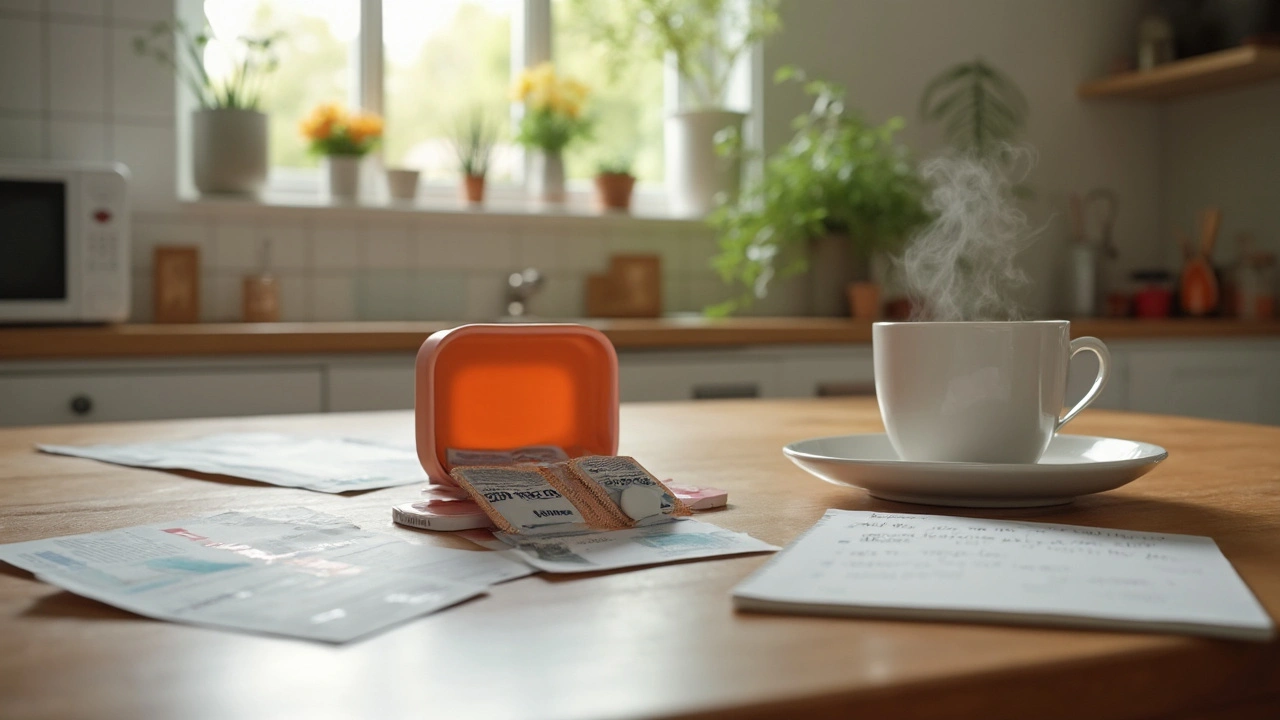Dosing: Practical Rules to Take Medicines Safely
Most problems with medicines come from dosing mistakes — wrong amount, wrong time, or mixing drugs without checking. This page gives clear, usable rules you can use today so your meds work and you avoid harm.
Quick dosing checklist
Read the label every time. Your prescription label and the patient leaflet tell you the exact dose, how often to take it, and if it needs food. Don’t rely on memory — write times on a simple chart or use phone reminders.
Measure liquids properly. Use an oral syringe or dosing cup that comes with the medicine. Kitchen spoons are unreliable and often lead to under- or overdosing.
Take the right form. A drug can come as immediate-release, extended-release, or a patch. Swallow extended‑release tablets whole — do not crush or chew unless your doctor says it’s okay.
Follow timing rules. Some meds need to be taken with food to prevent stomach upset; others need an empty stomach for full absorption. If a label says “take at bedtime” or “avoid grapefruit,” treat that as part of the dose instructions.
Missed dose? If you remember soon after the missed time, take it. If it’s almost time for your next dose, skip the missed one — don’t double up. For certain drugs (like blood thinners or seizure meds), check with your prescriber or pharmacist for a safe plan.
Special cases to watch
Kids and weight-based dosing: Many pediatric doses are calculated by weight. Always use the exact dose your child’s provider prescribes and the measuring device provided with the medicine.
Kidney or liver problems change dosing. These organs clear many drugs. If you have reduced kidney or liver function, your doctor may lower the dose or increase the time between doses. Ask for a written plan if this applies to you.
Interactions matter. Before starting any new prescription, OTC drug, supplement, or herbal product, check for interactions. Your pharmacist can run a quick check and flag dose changes or timing adjustments.
Topicals and creams need measured application. Use the fingertip unit or the exact amount shown on the leaflet. Applying more often or in larger amounts doesn’t speed healing and may increase side effects.
Tapering and stopping: Some medicines — steroids, antidepressants, and benzodiazepines — need a slow taper to stop safely. Don’t stop these suddenly; ask your prescriber for a taper schedule.
If you’re unsure, ask. Pharmacists are dosing experts and can explain labels, measurement tools, missed-dose rules, and storage. If a dose feels wrong or you notice side effects, contact your prescriber promptly.
Need deeper reads? We cover dosing and safety in specific drug guides like Atorlip 10 (atorvastatin), Flexeril, and Lamisil — useful if you want how-to dosing notes for a particular medicine.
Stick to simple rules: read the label, measure right, watch for interactions, and ask when unsure. Small habits prevent big problems.

